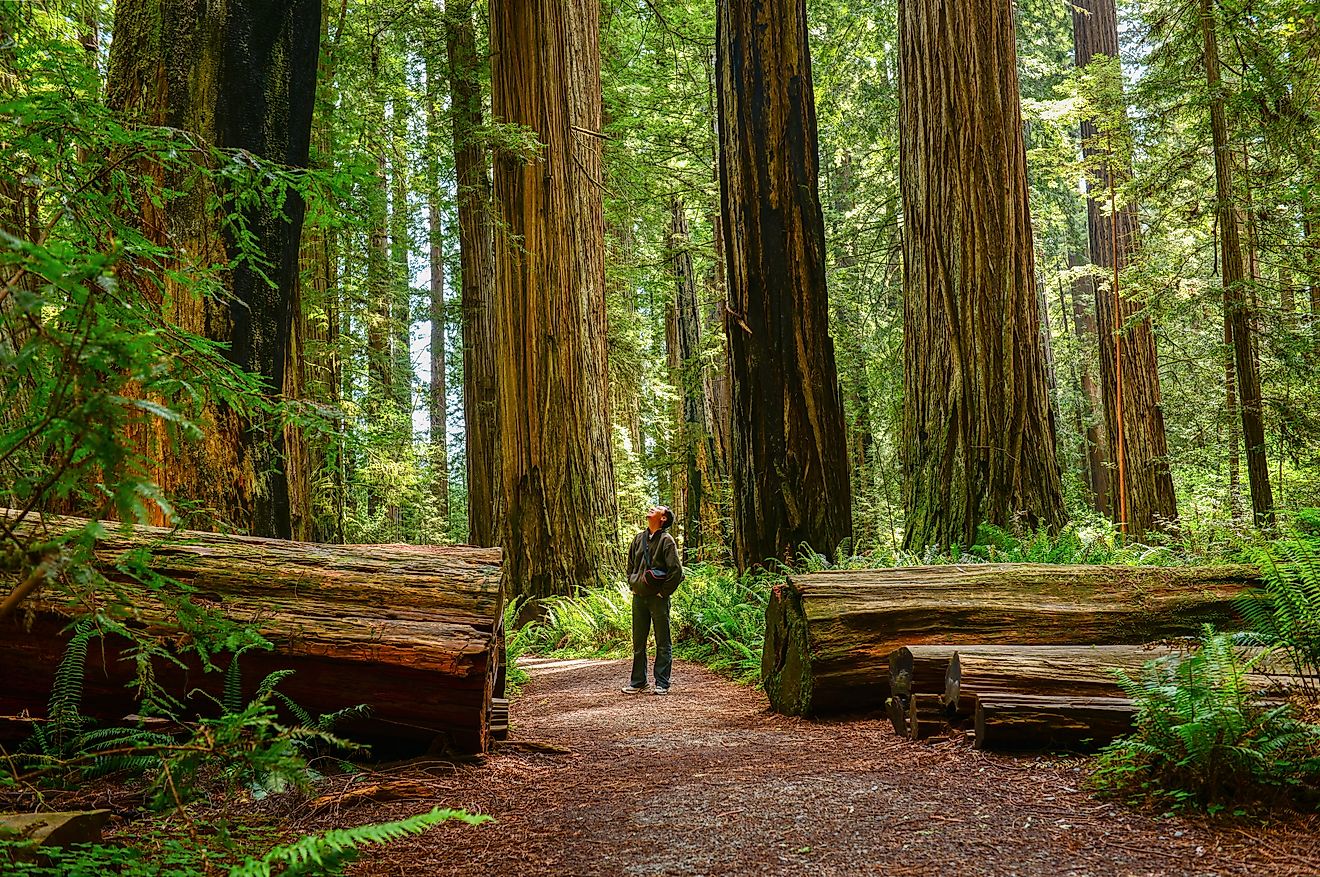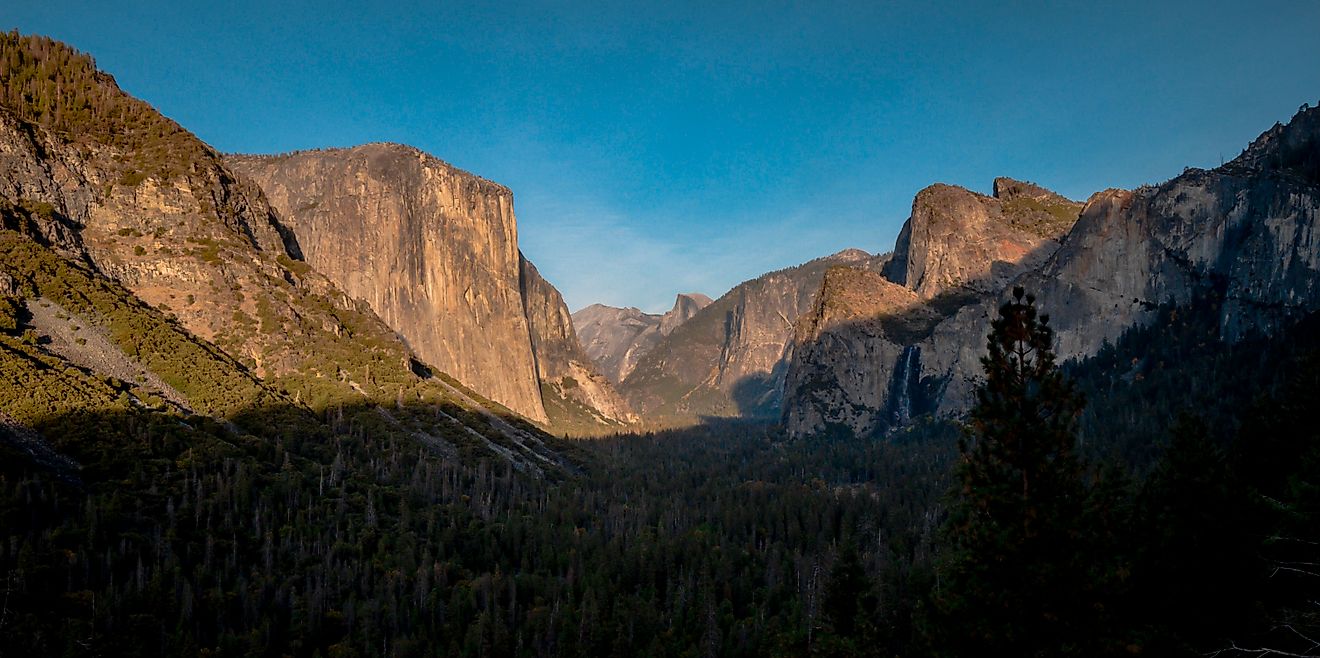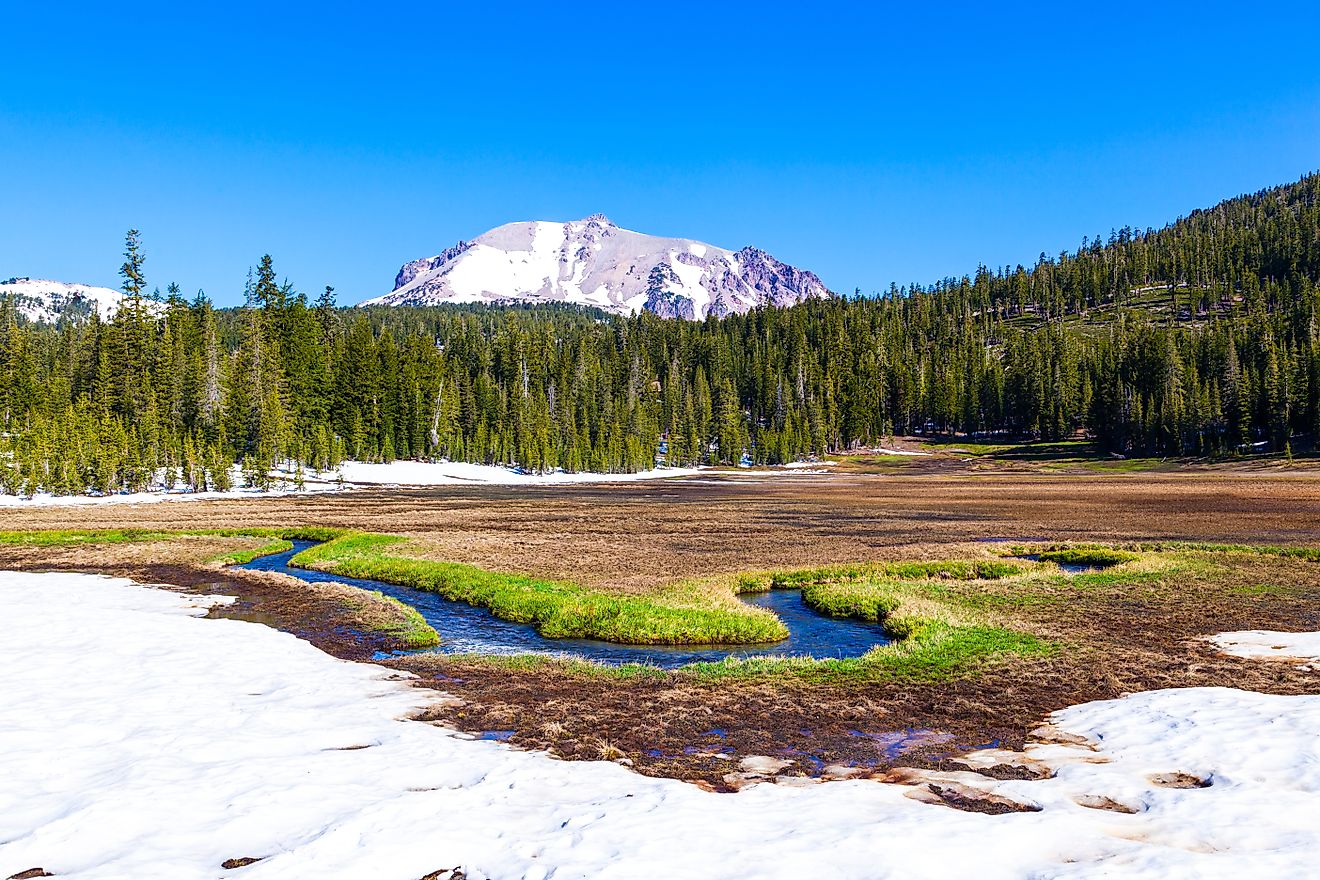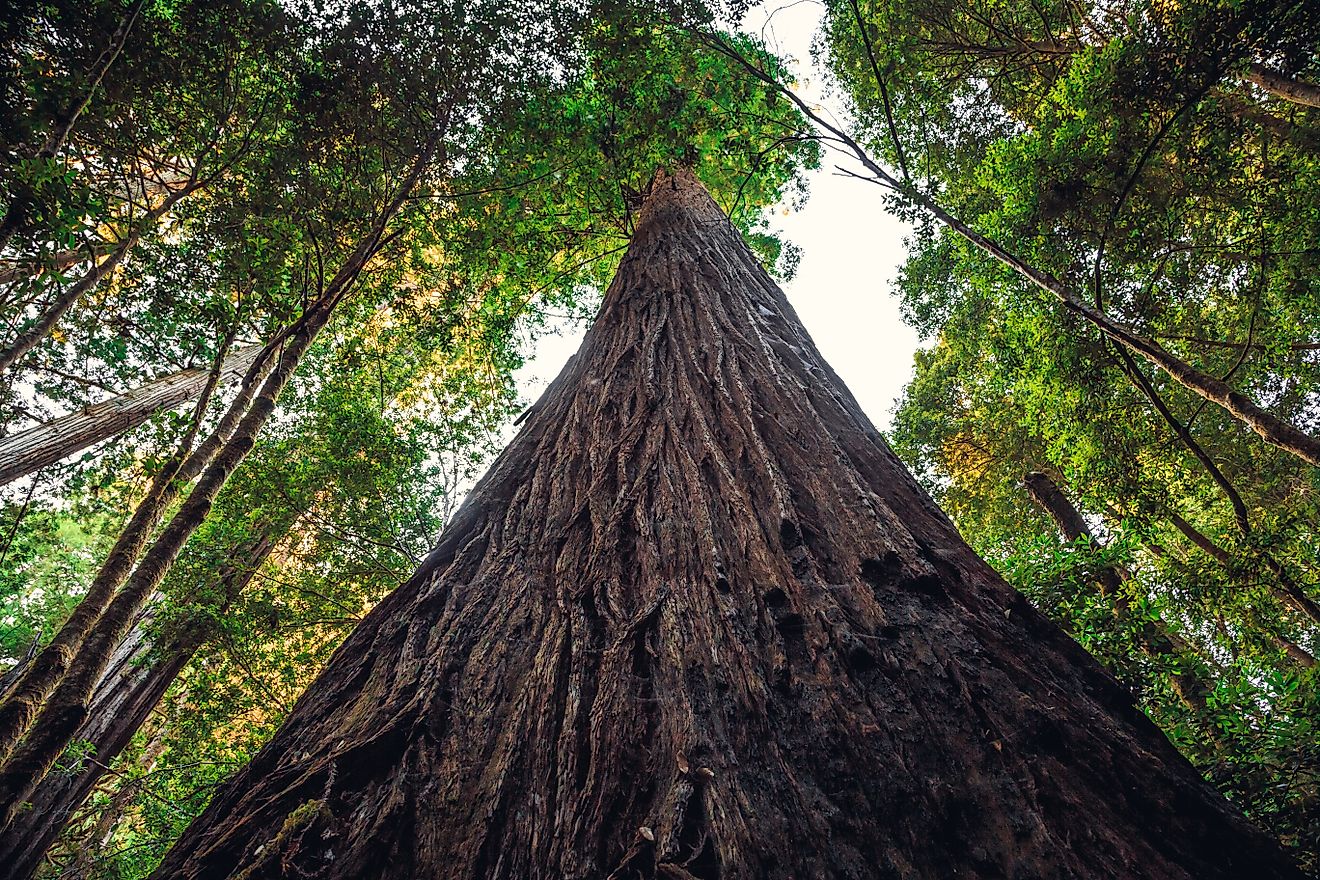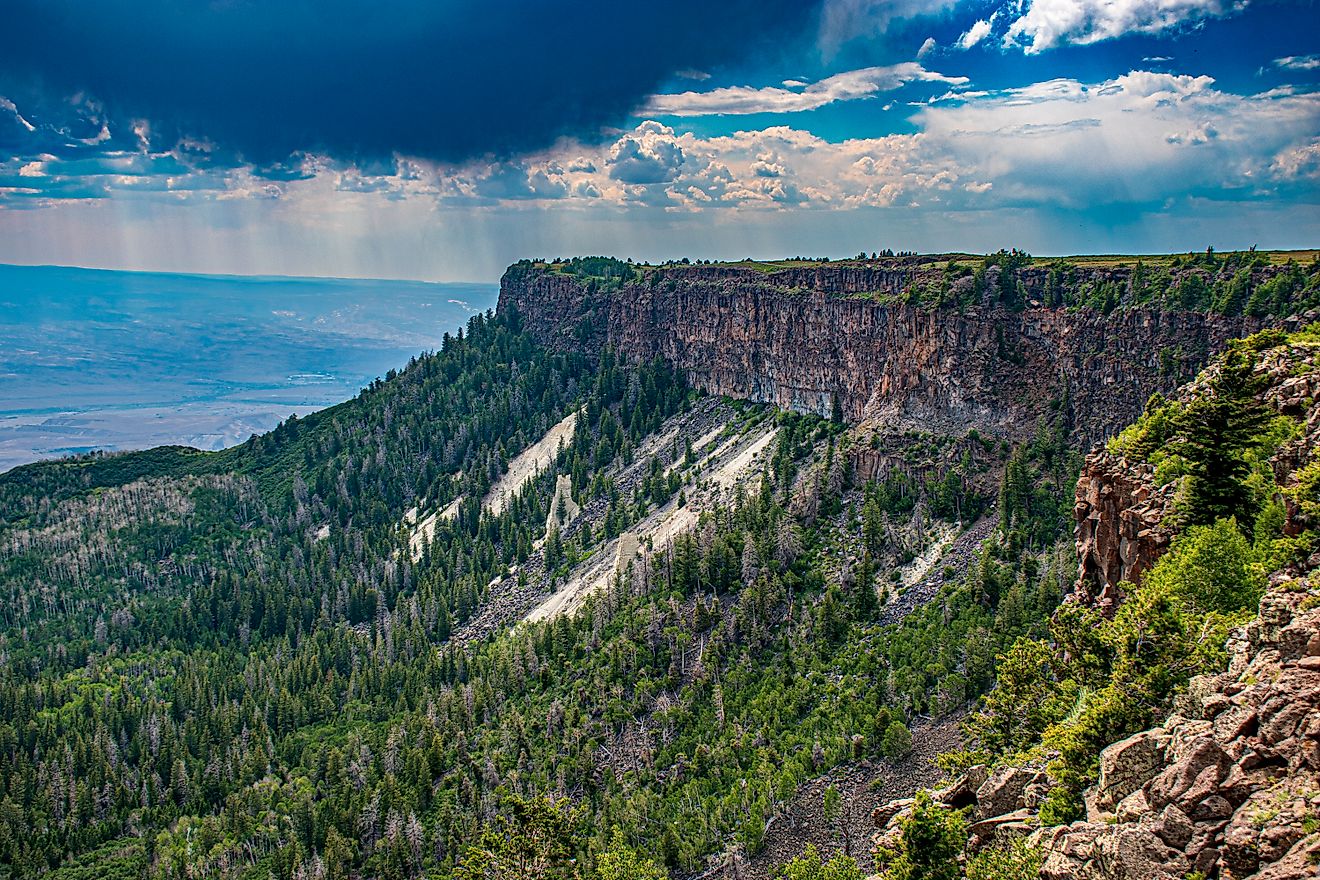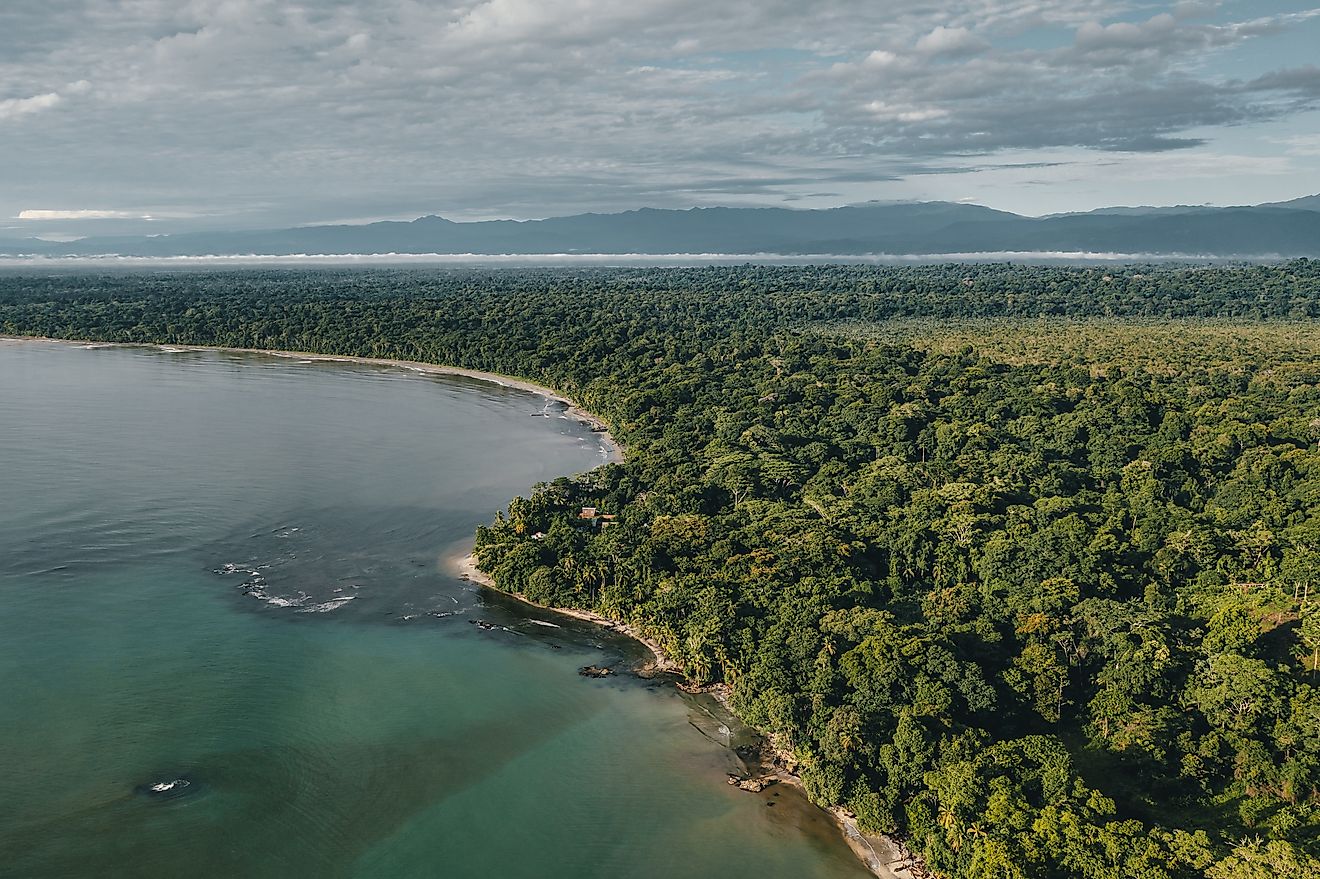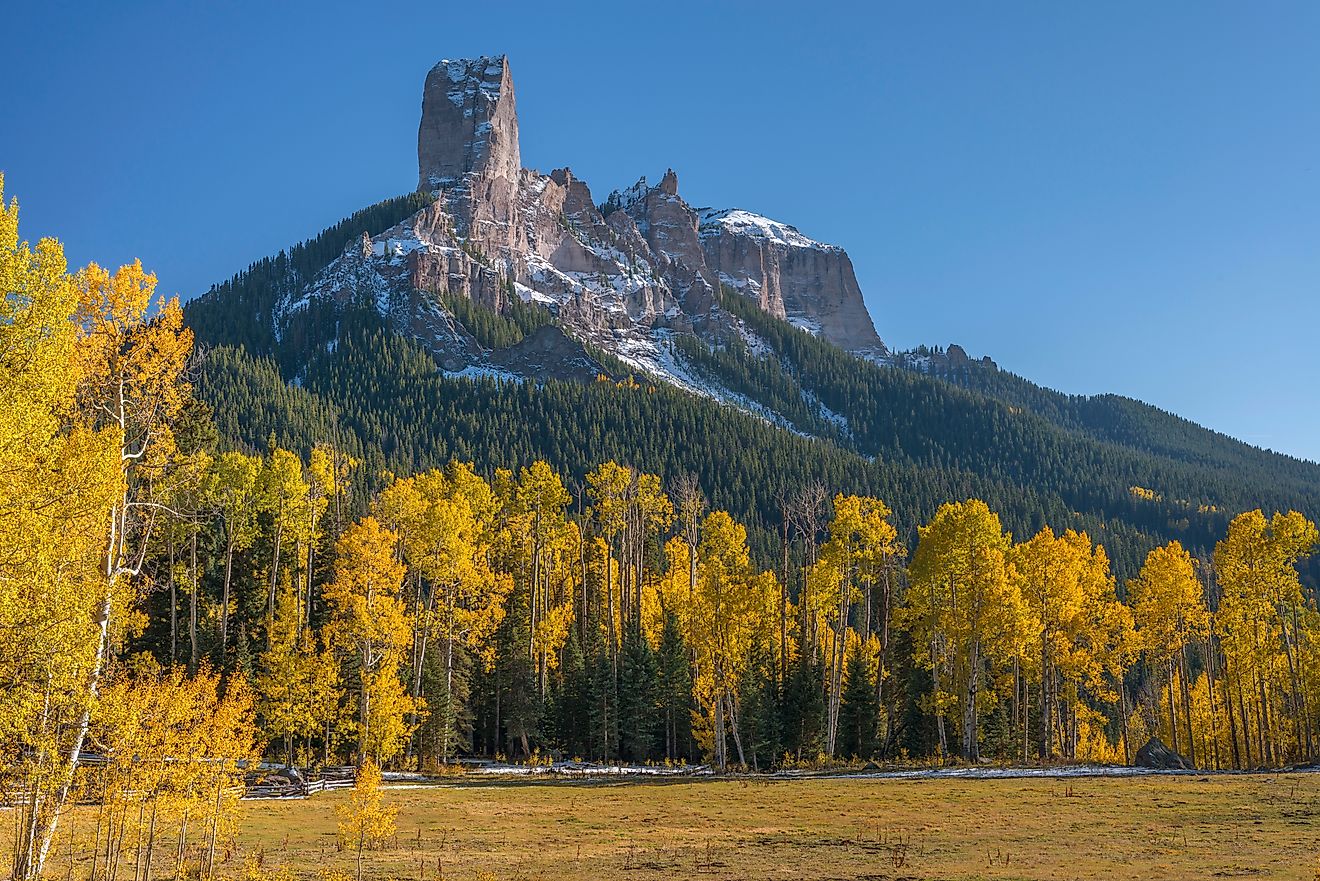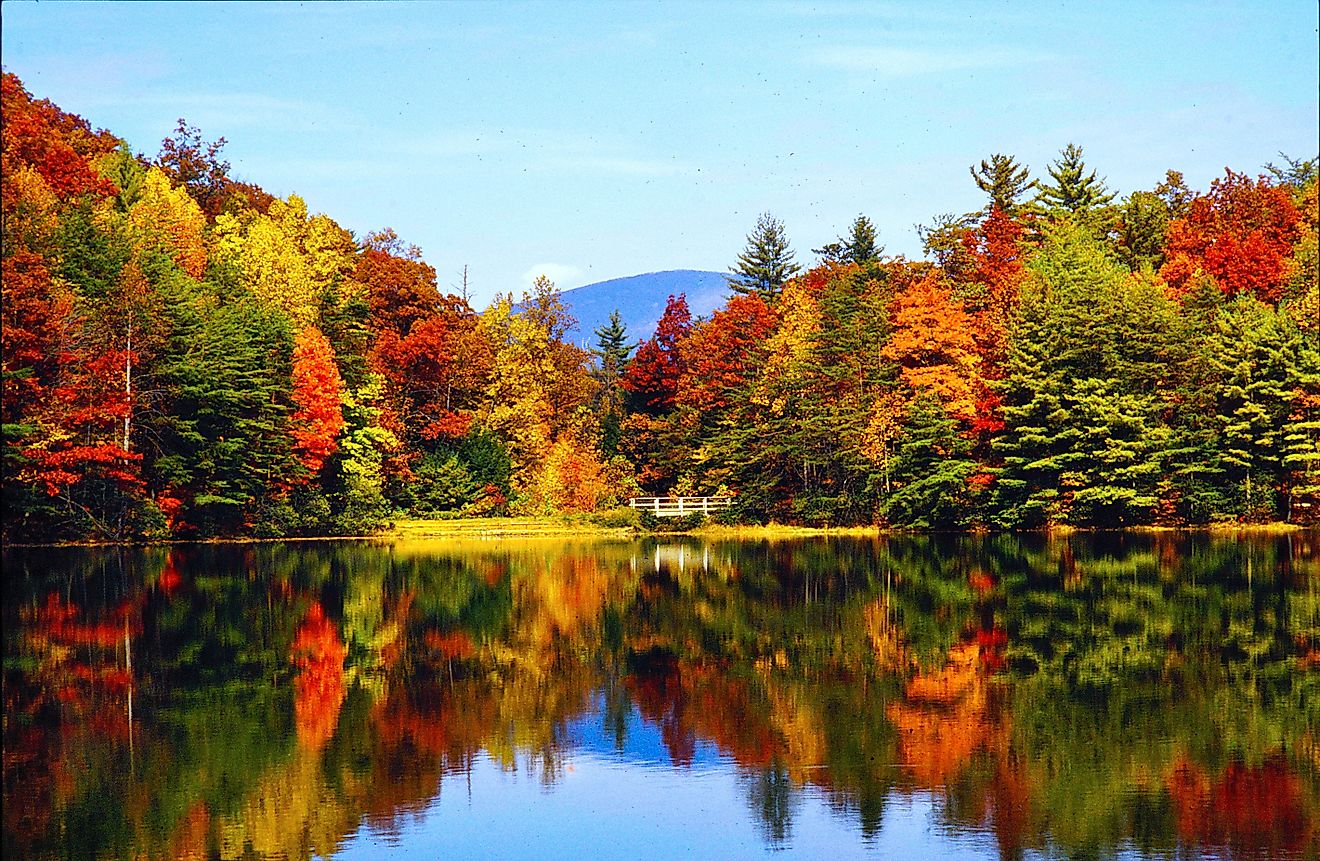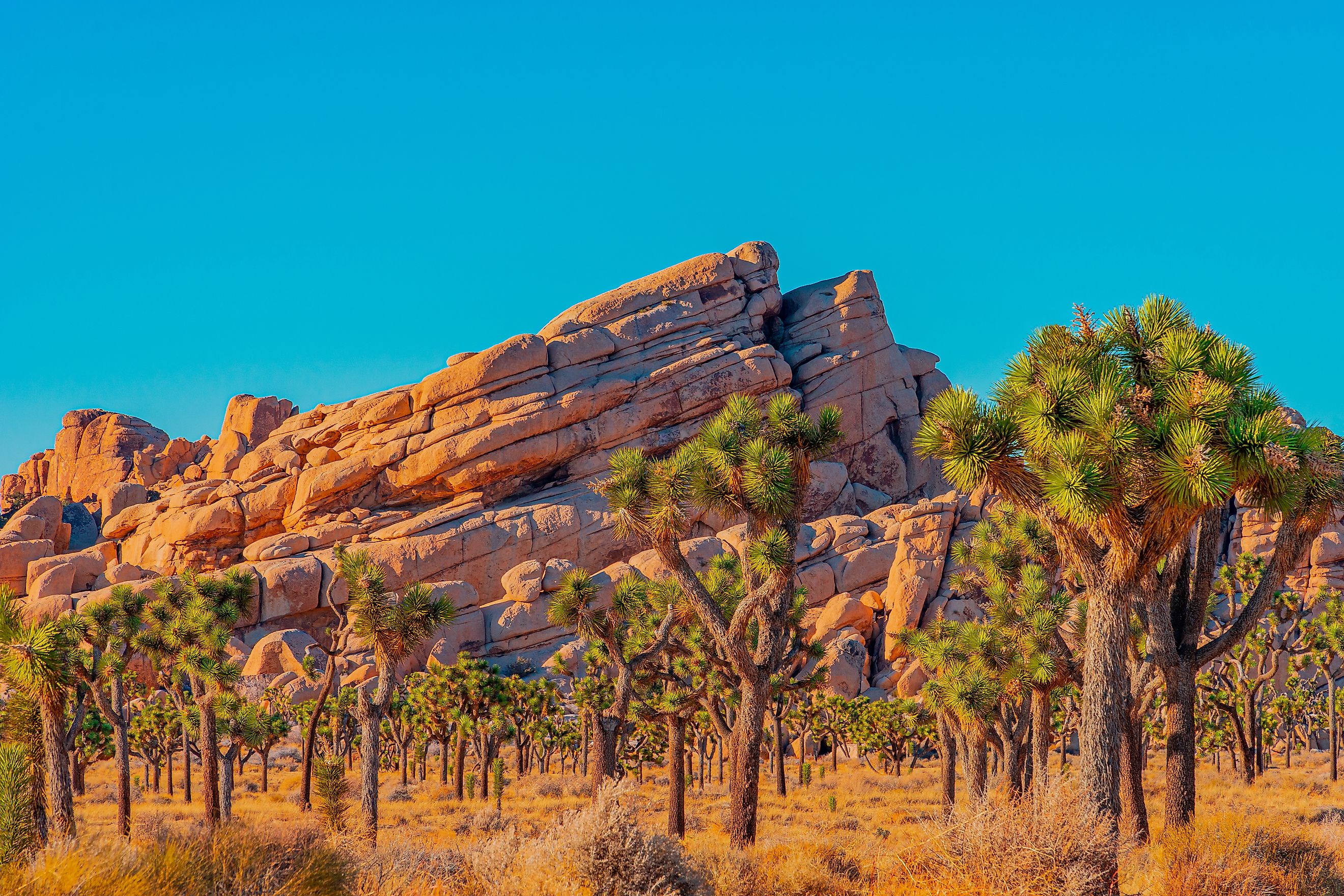
Joshua Tree National Park
Joshua Tree National Park is where two of America’s iconic desert ecosystems—the Mojave and the Colorado—come together in a vast, surreal landscape defined by spiky flora, strange rock formations, and some of the darkest night skies in the continental United States. Located in Southern California and encompassing nearly 800,000 acres, the park is an ecological crossroads that boasts one of the most unique combinations of plant, animal, and geological diversity in the American Southwest.
Whether you're hiking to a hidden oasis, camping under a blanket of stars, or just road-tripping through the park’s otherworldly terrain, Joshua Tree National Park offers a window into the rugged and resilient beauty of the desert.
A Meeting of Two Deserts
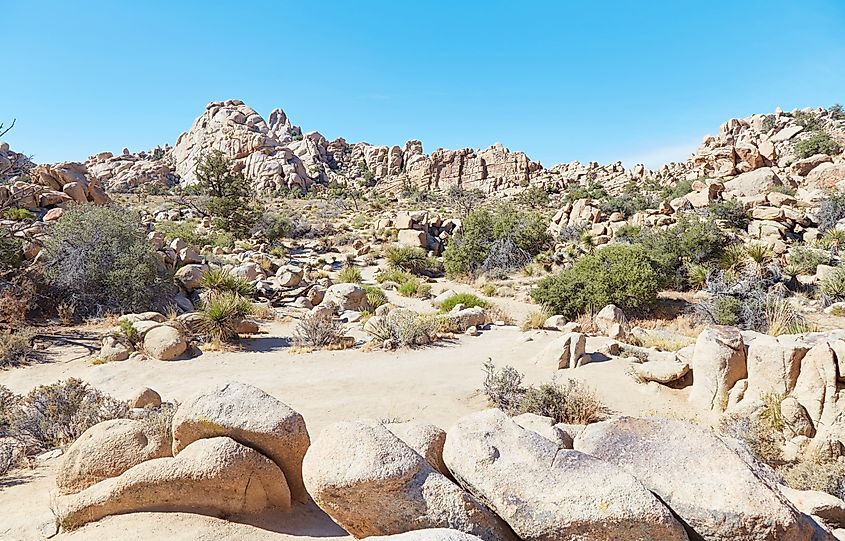
Joshua Tree’s landscape is shaped by the convergence of the Mojave Desert to the north and the Colorado Desert to the south. These two ecosystems create stark contrasts within the park and support distinctly different plant and animal life.
-
The Mojave Desert, home to the park’s namesake Joshua tree (a type of yucca), dominates the higher elevations in the western portion of the park. The Joshua trees’ twisted, anthropomorphic forms rise from a sea of desert scrub and granite boulders, offering photographers and nature lovers plenty of iconic views.
-
The Colorado Desert, part of the larger Sonoran Desert, spreads across the park’s lower-elevation eastern and southern sections. This arid zone features ocotillo plants with flaming red flowers and the infamous “jumping” cholla cactus, known for its spiny and clingy segments.
-
A third ecological zone, the Little San Bernardino Mountains, lies above 4,000 feet in the park’s westernmost region. Here, cooler temperatures allow California juniper and pinyon pine to thrive, creating an unexpected alpine-like desert woodland.
Together, these three zones form an environment rich in biodiversity. Joshua Tree is home to 813 plant species, 46 reptile species, 57 mammal species, and more than 250 species of birds, many of which use the park as a stopover along the Pacific flyway.
A Protected Landscape with Ancient Roots
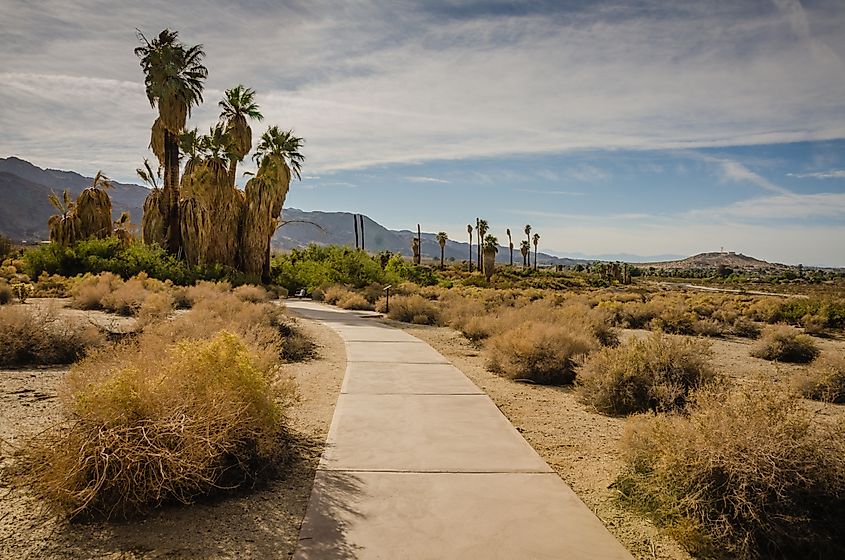
While the region’s dramatic landscapes feel wild and untouched, humans have lived in the Joshua Tree area for over 10,000 years. The earliest known inhabitants were Indigenous peoples who left behind rock art, trails, and remnants of seasonal camps. The Oasis of Mara, located near what is now Twentynine Palms, was an essential resource for the Serrano people and later the Chemehuevi.
By the early 20th century, with new roads carving into the desert, a rush of land developers and cactus poachers began threatening the fragile ecosystem. One of the park’s most important early advocates was Minerva Hoyt, a Pasadena resident and desert enthusiast. Alarmed by the destruction of native flora, Hoyt lobbied tirelessly for federal protection of the region.
Her efforts led to the establishment of Joshua Tree National Monument in 1936, protecting 825,000 acres of desert land. Over time, the boundaries were adjusted to include more intact ecological areas and to remove sections designated for mining. In 1994, as part of the California Desert Protection Act, the monument was elevated to national park status and expanded to its current size of 792,623 acres, of which 591,624 acres are now federally designated wilderness.
Geology: A Sculpted Desert Wonderland
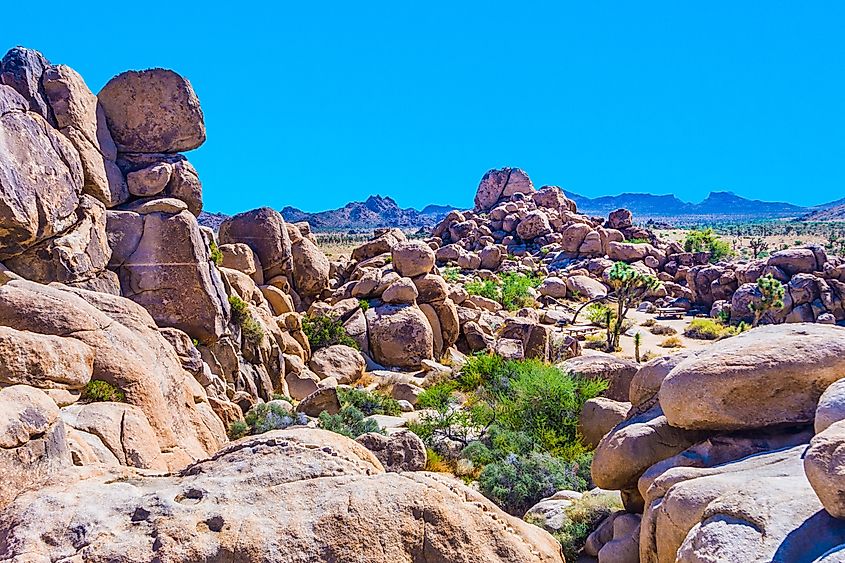
Joshua Tree’s raw, sculptural terrain is the result of millions of years of tectonic activity, erosion, and weathering. The park’s most iconic formations—massive granite monoliths and stacked boulder piles—originated from molten rock that cooled underground. Over time, the overlaying rock eroded away, leaving these massive stone sculptures exposed to the elements.
Today, visitors can hike among these rock formations in areas like Hidden Valley, Jumbo Rocks, and Barker Dam, where adventurous rock climbers from around the world also test their skills on the sheer granite faces.
Other geological features throughout the park include:
-
Playas: dry lakebeds that briefly fill during heavy rains
-
Washes and arroyos: desert streambeds carved by flash floods
-
Alluvial fans and bajadas: gently sloping accumulations of sediment
-
Desert varnish: a dark patina that forms on rocks over centuries
These features make Joshua Tree one of California’s most geologically fascinating destinations—and an ideal outdoor classroom for those interested in earth sciences.
Wildlife and Rare Species
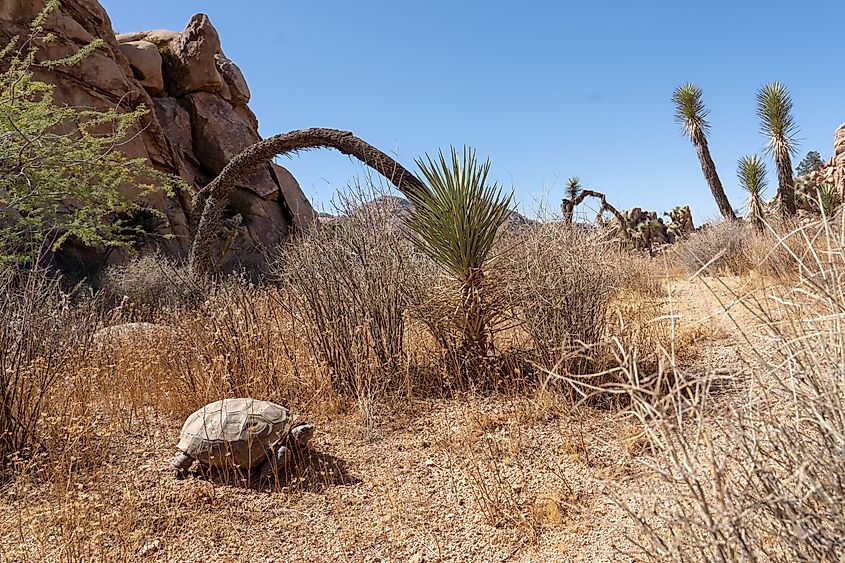
The park’s rugged beauty conceals a web of life finely tuned to the desert’s rhythms. While daytime temperatures often drive animals underground or into shady crevices, early mornings and late evenings bring the park alive.
Among the notable residents:
-
Desert bighorn sheep, often seen in the mountainous regions
-
Coyotes, who roam freely across all habitats
-
Kangaroo rats, who extract water from seeds without needing to drink
-
Six species of rattlesnakes, including the red diamond and Mojave green
-
The desert tortoise, a federally listed threatened species
Plant life is equally impressive. Beyond the charismatic Joshua tree, visitors may encounter cholla cactus gardens, wildflower blooms in spring (weather permitting), and rare plants such as the endangered triple-ribbed milk vetch and Parish’s daisy, both found only in select areas of the park.
Cultural and Historic Legacy
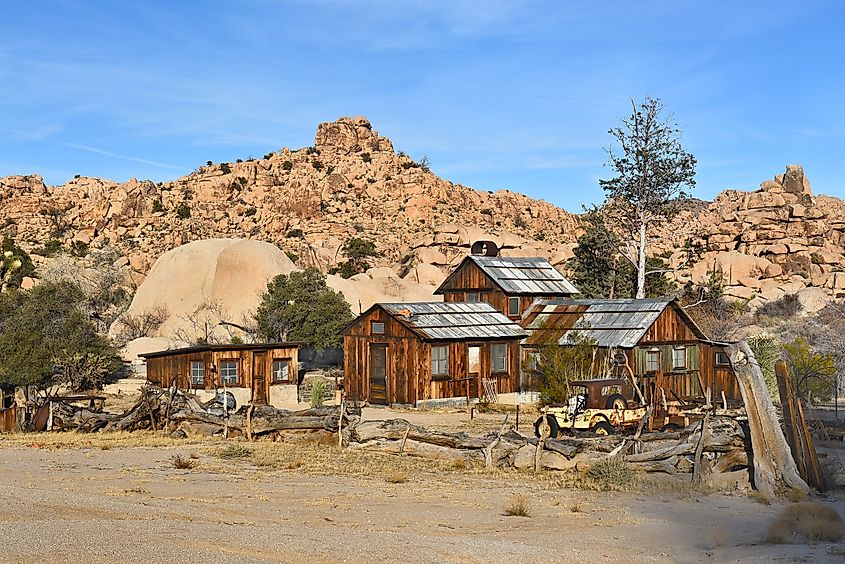
Joshua Tree’s landscape is layered with human history. The park protects over 700 archeological sites, 88 historic structures, and 19 cultural landscapes, ranging from Indigenous rock shelters and petroglyphs to remnants of 19th-century ranching and mining operations.
Visitors can still explore:
-
Keys Ranch, a preserved homestead that offers ranger-led tours
-
Lost Horse Mine, one of the best-preserved gold mines in the park
-
Old cattle watering troughs and adobe ruins tucked into canyons
The park’s museum collection includes more than 230,000 items, from historic documents to geological specimens.
Outdoor Adventures and Stargazing
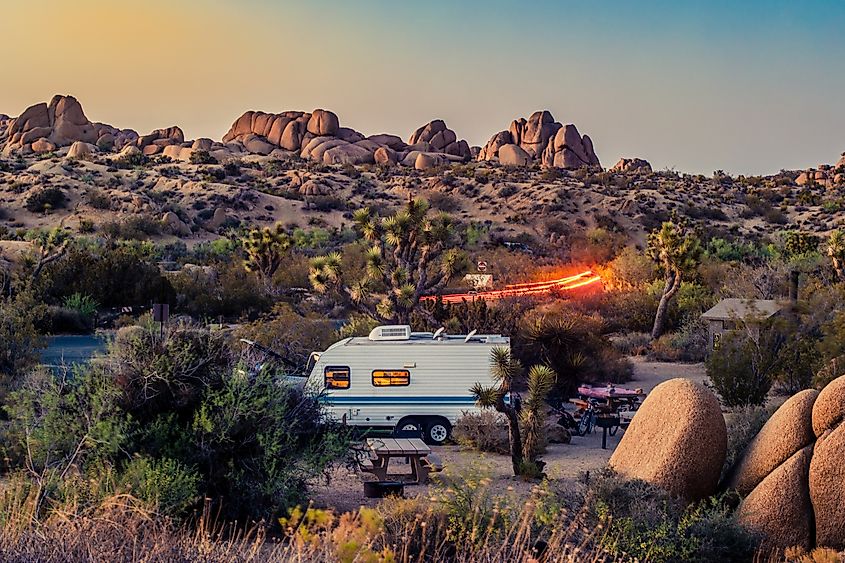
Joshua Tree National Park isn’t just a place to observe from a distance—it’s made for adventure. With 191 miles of hiking trails, 93 miles of paved roads, and 106 miles of unpaved roads, it invites both backcountry explorers and casual day-trippers.
Popular activities include:
-
Hiking to scenic overlooks like Ryan Mountain or hidden spots like Fortynine Palms Oasis
-
Camping in one of the park’s nine campgrounds, offering over 500 campsites
-
Rock climbing and bouldering, especially in the Jumbo Rocks and Hidden Valley areas
-
Horseback riding, with two designated horse camps and multiple equestrian trails
-
Picnicking at 10 areas with 38 designated sites
And when the sun sets, the real show begins. Designated as a Dark Sky Park, Joshua Tree offers pristine views of the Milky Way, meteor showers, and constellations. Stargazing at spots like Cap Rock or Skull Rock is a must for any visitor.
Visitor Facilities and Park Management
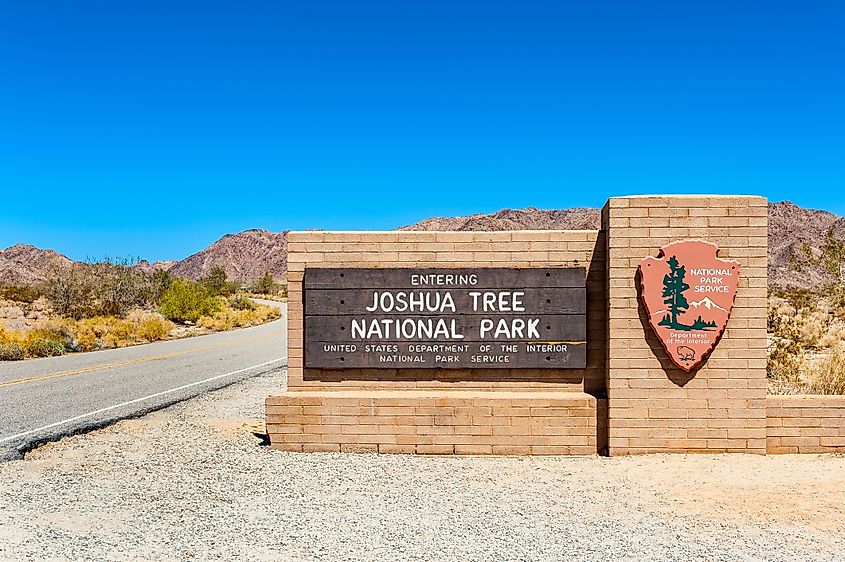
Joshua Tree welcomes visitors at three main entrances—West Entrance (near Joshua Tree village), North Entrance (near Twentynine Palms), and South Entrance (off I-10). Facilities include:
-
Three visitor centers and one nature center
-
10 picnic areas
-
Two water treatment facilities
-
13 solar power stations
-
Eight staff housing units and four maintenance facilities
Despite its remote feel, Joshua Tree is a heavily visited national park, and rangers work year-round to preserve its fragile resources while accommodating hundreds of thousands of annual visitors.
Know Before You Go
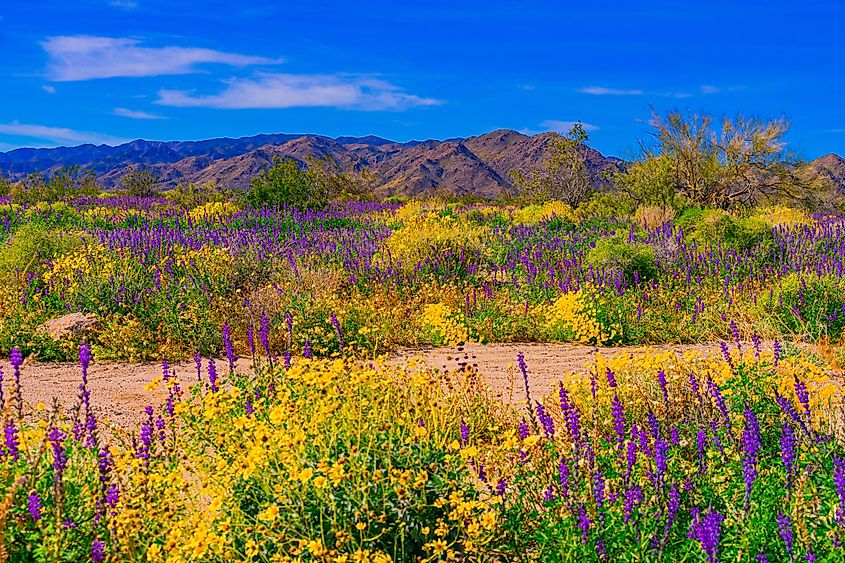
-
Best time to visit: Fall and spring offer mild temperatures and blooming desert flora. Summer can be dangerously hot, while winter nights dip below freezing at higher elevations.
-
What to bring: Plenty of water, sun protection, maps (cell signal is unreliable), and layers for variable weather.
-
Leave No Trace: Stay on marked trails, don’t touch petroglyphs or wildlife, and pack out all trash.
-
Permits and fees: A standard entrance fee applies. Special permits are required for backcountry camping, climbing, and some photography projects.
Frequently Asked Questions
Where is Joshua Tree National Park located?
The park is in Southern California, about 130 miles east of Los Angeles, between the towns of Joshua Tree and Twentynine Palms.
Are Joshua trees actual trees?
No. Joshua trees (Yucca brevifolia) are a type of yucca plant, a member of the agave family.
Can you visit both the Mojave and Colorado Deserts in one day?
Yes. Driving through the park allows you to experience both ecosystems, though it’s best to give yourself a full day or more to explore.
Is the park open year-round?
Yes. Joshua Tree is open 24/7, 365 days a year. Visitor center hours may vary seasonally.
